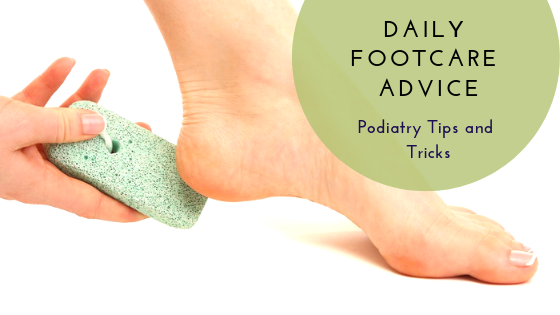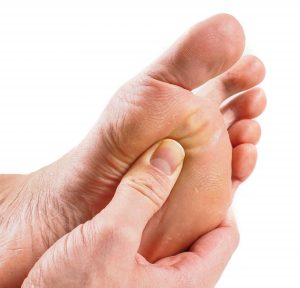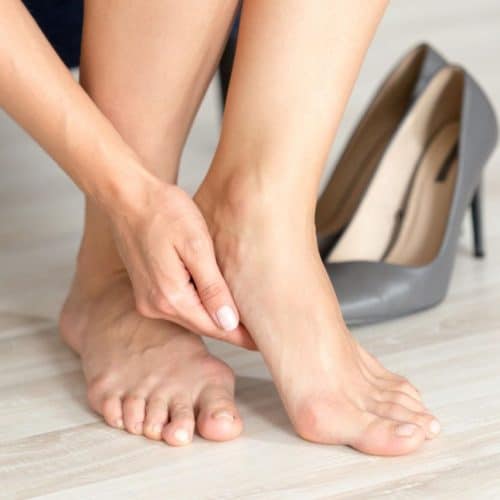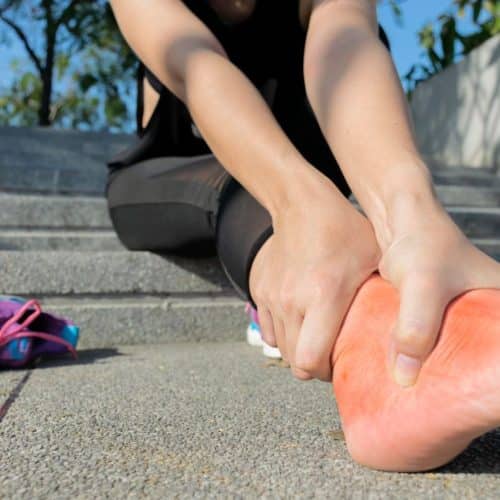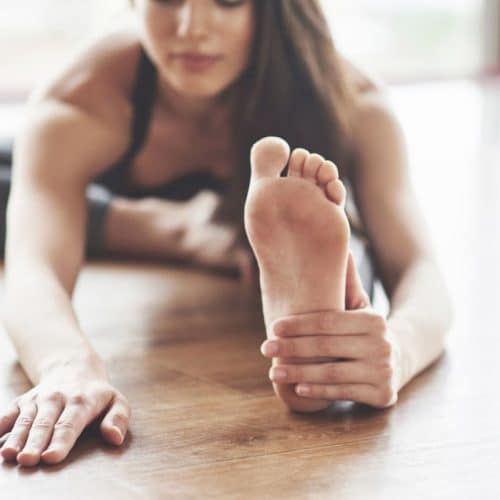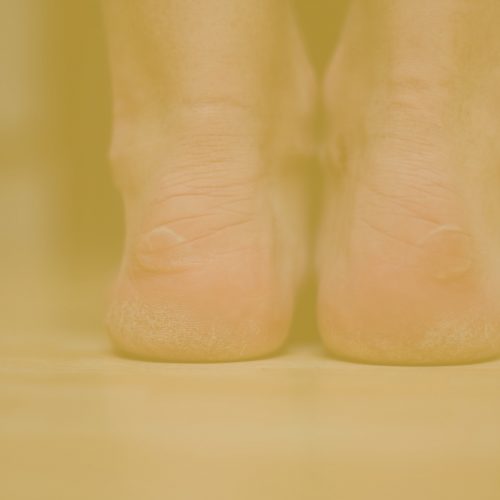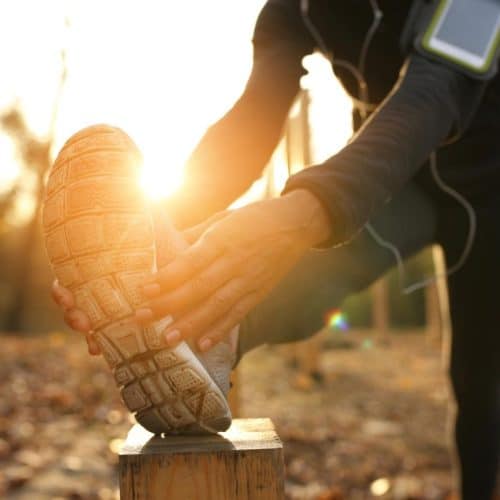Daily diabetes foot care is important to ensure you avoid diabetes related foot complications.
Complications such as loss of sensation, reduced circulation and increase the risk of infection can all lead to non-healing wounds, burns, and amputations.
Therefore if you have diabetes it is very important that you get your feet assessed by a podiatrist every 3 to 12 months, depending on your risk category and follow our daily diabetes foot care advice.
Daily Diabetes Foot Care Check List:
- Wash and dry feet thoroughly, especially in-between the toes.
- Apply foot cream to your feet avoiding in-between your toes to keep skin soft and stretchy.
- Check feet daily for any cut or breaks in the skin.
- Use betadine and a breathable dressing for any cuts or blisters on the feet and continue to redress until healed.
- Monitor for infection, remember you may not feel pain. Seek medical treatment if there are any signs or concerns of infections.
- Make sure you check the temperature of the water with your elbow before putting your feet in to avoid burns.
- Do not soak feet in water for longer than 10 minutes. It will make the skin too soft and increase the risk of breaks.
- Make sure you have your shoes professionally fitted to avoid rubbing or blisters.
- Check shoes daily for any foreign objects before putting them on your feet.
- Do not walk barefoot, as these increases your risk of injury.
- Do not use any direct heat source on your feet, as you may burn your feet and not feel it. This includes hot water bottles, heat bags and heaters.
- Wear cotton or wool blend socks with loose tops to allow for circulation.
- Make sure you have any hard skin attended to by a podiatrist to wounds forming.
- Do not attempt to cut your toenails yourself if your sensation or circulation is compromised, this should be done by a podiatrist.
Visit us at Well Heeled Podiatry for your next diabetes foot risk assessment. Our podiatrist will check your sensation and circulation status in your feet and determine your risk category.


